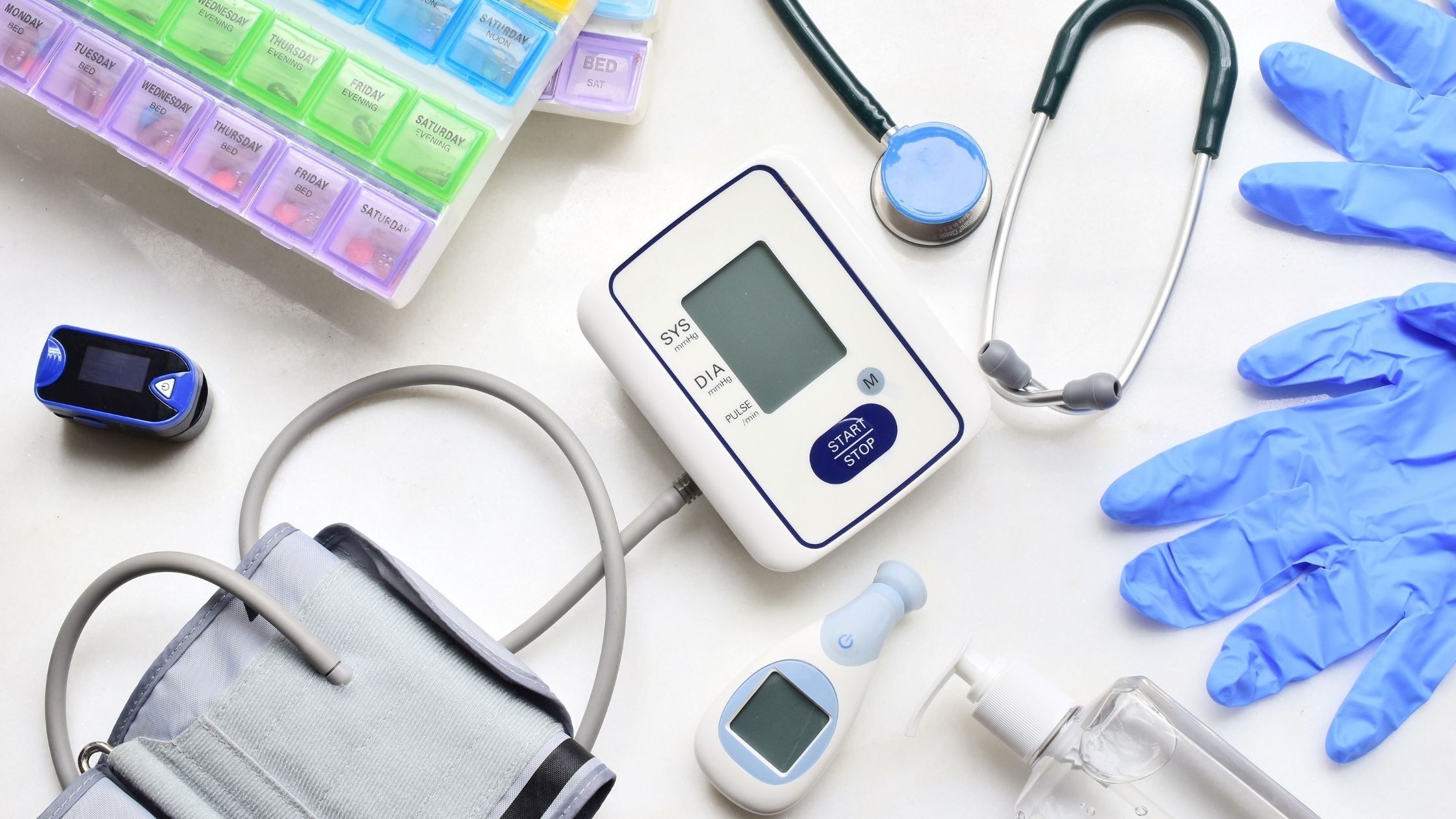In a February 2022 address, Xavier Becerra, the U.S. Secretary of Health and Human Services, declared that health equity needs to be his organization’s “North Star,” pointing out that healthcare is “more than just mending bones or dispensing pills” and adding:
“It’s about giving people access to peace of mind, to economic security and to a brighter future. And that should belong to everyone, no matter where you come from, what your color, what language you speak. We think all Americans have that opportunity.”
It’s a noble yet elusive goal, not only in the U.S. but also around the world. That’s owing to the fact that the pursuit of health equity is tied to solving all manners of societal problems, like economic stability, educational access, nutritional access, housing access and social/community context.
The Centers for Disease Control and Prevention defines health equity as the opportunity for every person to “attain his or her full health potential” and adds that no one should be “disadvantaged from achieving this potential because of social position or other socially determined circumstances.” The CDC further notes that inequities impact quality of life, life expectancy, access to treatment, severity of disease and, as much as anything else, outcomes.
As a result, several governmental bodies are bringing health equity to the forefront.. In 2016, the Center for Medicare and Medicaid Innovation (CMMI) launched an initiative known as “Accountable Health Communities,” designed to meet the healthcare needs of the underserved. In addition, CMMI launched State Innovation Models (SIM), which focus on the delivery of affordable, quality care. Lastly, there has been an increase in a variety of Medicaid programs geared toward payment reform, employment services, and housing support.
But for truly meaningful change to occur, there are those who argue that the private sector must assert itself. Certainly there are examples of this happening, as when New York City-based Cityblock Health began focusing on marginalized communities and saw its value soar to $5.7 billion. As Myechia Minter-Jordan, M.D., president and CEO of the CareQuest Institute for Oral Health, told the website Fierce Healthcare: “The opportunities to invest in any number of these areas are endless.” At the same time, she cautioned that such investors must pick and choose before deciding which opportunity might be right for them.
Certainly technology can be expected to play a continuing role in meeting the needs of the underserved. One example is telehealth, which during the pandemic has become a much more prominent means of providing care. The consulting firm McKinsey noted that there was a 78 percent increase in telehealth usage between February 2020 – i.e., before COVID-19 struck the U.S. – and April 2020. Moreover, 57 percent of doctors, and 40 percent of patients, said in 2021 they would prefer to keep using virtual care after the pandemic subsides.
Certainly the Biden Administration favors telehealth, as indicated by the fact that in 2021 it put $19 million toward expanding such services to remote areas. One example of a place in which it might make a considerable difference is an 11,000-square-mile stretch of Texas, which as of 2019 was served by a single doctor.
Other gadgetry will also come into play. Northwell Health, a provider with 23 hospitals in New York State, uses an artificial intelligence-backed platform to track recently discharged patients, and The Allure Group, a network of six New York City-based skilled nursing facilities, has partnered with Vis a Vis Health to employ a similar device for the same purposes.
Clearly, health equity is a challenging, complex issue. Just as clearly that challenge can only be met on multiple fronts, by multiple stakeholders, as there is no single solution, no magic bullet. All there is, is that North Star mentioned by Becerra – something for which everyone can aim, a goal to which everyone can aspire.






